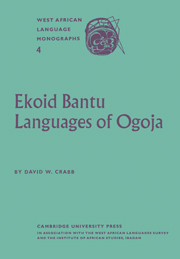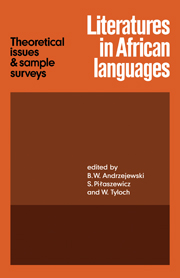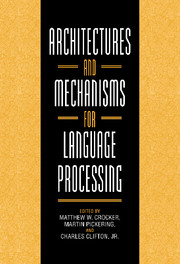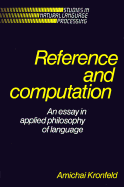Computational Nonlinear Morphology
By the late 1970s phonologists, and later morphologists, had departed from a linear approach for describing morphophonological operations to a non-linear one. Computational models, however, remain faithful to the linear model, making it very difficult, if not impossible, to implement the morphology of languages whose morphology is non-concatenative. Computational Nonlinear Morphology aims at presenting a computational system that counters the development in linguistics. It provides a detailed computational analysis of the complex morphophonological phenomena found in Semitic languages based on linguistically motivated models. The book outlines a generalized regular rewrite rule system that employs multi-tape finite-state automata to cater for root-and-pattern morphology, infixation, circumfixation and other complex operations such as the broken plural derivation problem found in Arabic and Ethiopic.
- A working computational treatment of the multi-tape FST model
- Allows for direct implementation of several theoretical models of prosodic morphology
- Will appeal to computational linguists in morphology and phonology, as well as scholars of Semitic languages
Product details
December 2001Hardback
9780521631969
194 pages
236 × 157 × 18 mm
0.439kg
84 b/w illus.
Out of stock in print form with no current plan to reprint
Table of Contents
- Preface
- Abbreviations and acronyms
- Transliteration of Semitic
- Errata and corrigenda
- 1. Introduction
- 2. Survey of semitic nonlinear morphology
- 3. Survey of finite-state morphology
- 4. Survey of semitic computational morphology
- 5. A multitier nonlinear model
- 6. Modeling semitic nonlinear morphology
- 7. Compiliation into multitape automata
- 8. Conclusion
- References
- Quotation credits
- Language, word, and morpheme index
- Name index
- Subject index.






